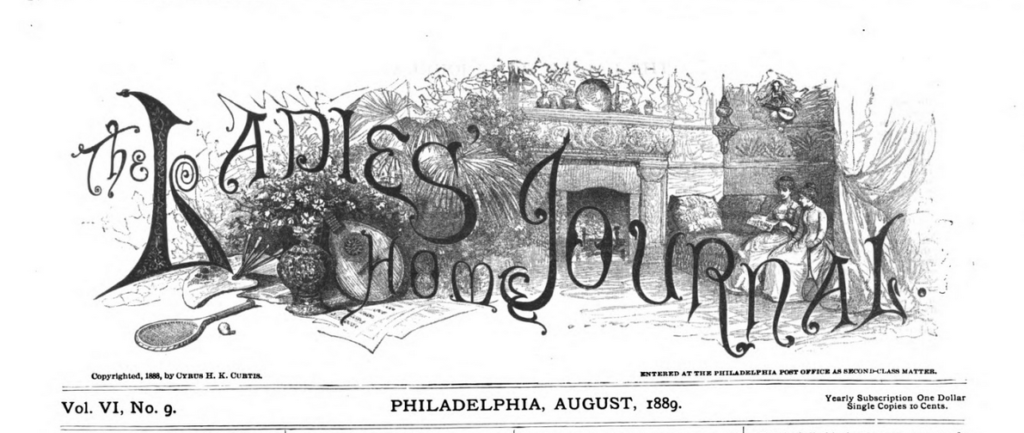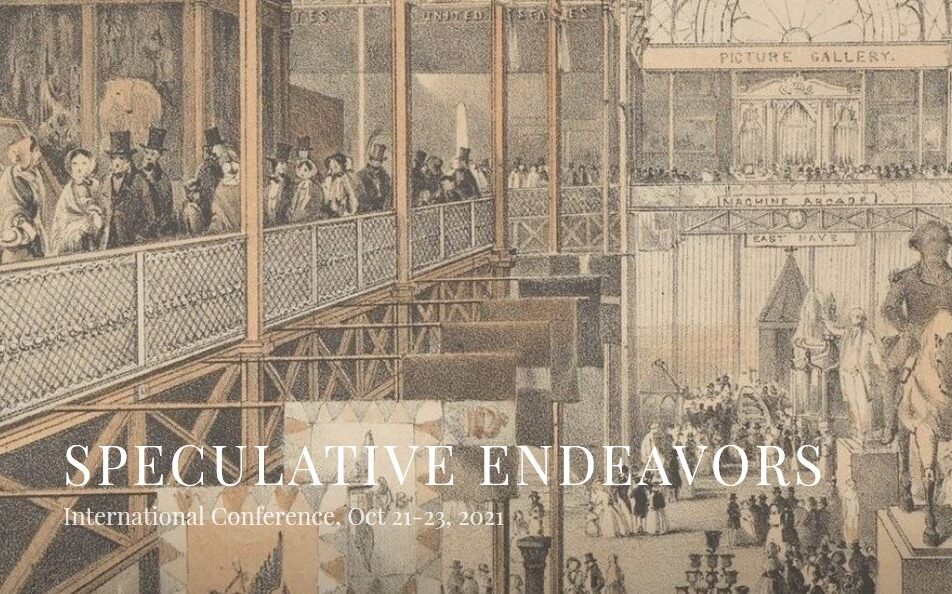A (growing) list of the best, worst, and – quite frankly – weirdest descriptions of Cushman’s relationships (with friends as well as lovers).
What’s gossip without a fitting code, after all?
- “Both Nathanial and Sopia Hawthorne, nonetheless, took an instant liking to the young sculptress [Hosmer] on a visit to her studio in 1858, but William Story frowned on these independent females, who struck him as a distasteful crowd of Bohemians.” (Paul Baker, Fortunate Pilgrims. Americans in Italy, 1800-1860, 1964)
- “Charlotte Cushman allowed her friend Emma Stebbins to edit her memoirs and letters just before her death.” (Nan Mullenneaux, Staging Family: Domestic Deceptions fo Mid-Nineteenth-Century American Actresses, 2018) [I find this one particularly galling, since the author repeatedly quotes from Merrill, and yet … ‘her friend’]
- Emma Stebbins “formed a warm friendship with Charlotte Cushman, in whose shadow she thereafter contentedly lived.” (Margaret Farrand Thorp, The Literary Sculptors, 1965)
- “harem (scarem) as I call […] the emancipated females who dwell there in heavenly unity; namely, the Cushman, Grace Greenwood, H., S.,and Co.;” (William Wetmore Story to J.R.Lowell, 1953, qtd. in (William Wetmore Story and His Friends, Vol. 1, Henry James, 1903)






